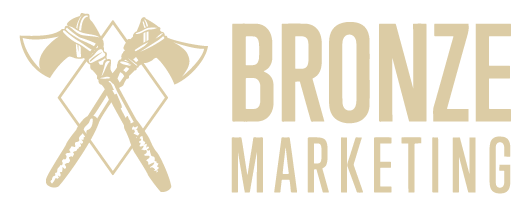LEVEL 03
Plan levels vary according to allotted strategic services & uniform discount rates on all deliverables. However, when seeking strictly deliverables, visit A la Carte, or, items of which are downstream of our deliverables, visit Additional Capabilities.
Phone Access – 8hrs/month
On-site meeting(s) with Company Stakeholders – 3/month
Off-Site Meeting(s) with Client’s or Prospects – 2/month
Overview/Assessment of Internal Processes for Clients – 1 time only
Overview/Assessment of Your Company’s Market Position – 2 times
Online Marketing Tools – 2 New Tools & Training/Month
A - Market Overview / Situational Analysis
B - Competitive Analysis
C - Consumer Analysis
D - Brand Positioning Strategy
E - Creative Strategy*
*Creative Brief deliverable can begin if the brand positioning and marketing strategy are intact. If not, we can assist in deciding possible next-steps.
F - Objectives and Strategies (based on us having done the brand positioning strategy within the past 120 days)
*Advertising Objective and Strategy is included based on having a “Tactical Marketing Plan.” With this section, if included, we would decide on each tactics individual directives. The Creative Strategy is an additional cost, if requested.
G - Objective and Strategies (based on us not having done the brand positioning strategy or outside of the 120 day timeline)
*Advertising Objective and Strategy is included based on having a “Tactical Marketing Plan.” With this section, if included, we would decide on each tactics individual directives. The Creative Strategy is an additional cost, if requested.
H - Strategic Marketing Plan
I - Tactical Marketing Planning
